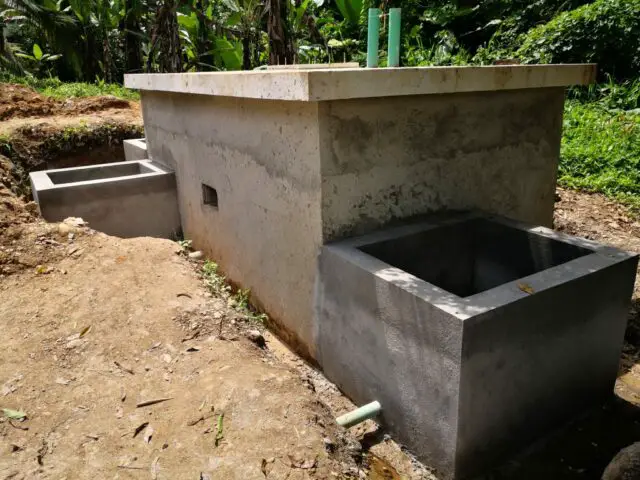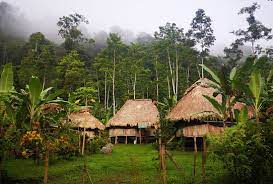In order to continue strengthening development in indigenous communities, the Costa Rican Institute of Aqueducts and Sewers (AyA) invests ₡ 920 million to provide a water distribution system in San Miguel, San Vicente and Sibujú, in the territory indigenous Talamanca Cabécar. The work, which benefits 705 people, registers a global progress of 82% and it is estimated that the aqueduct will start operating in the first quarter of 2022.
The AyA builds four intakes in springs, carries out the installation of conduction, impulsion and distribution pipes, a storage tank of 150 cubic meters, another of 10 cubic meters and another type of tank of 20 cubic meters, as well as a booth and equipment pumping and chlorination.
Crossings through ravines, seven gradients, valve boxes, construction of anchor blocks, and installation of valve covers and finally, the installation of 172 residential plans with their respective meter boxes must also be installed.

“This project will benefit 705 people from these indigenous communities, just as AyA has been gradually building and rehabilitating in various areas of the country. In this case, it is a very ambitious project because it is being developed in a rather complex site, but we hope to be able to conclude in the first quarter of 2022”, highlighted Tomás Martínez, CEO of AyA.
Due to the topography and geological conditions of the area, the awarded company had to first carry out the opening of roads and improvements in the existing accesses, in order to start with the installation of the more than 23 kilometers of pipeline.
Other public works in indigenous territories

Recently, AyA announced the progress of the first stages of four other projects in indigenous communities that would exceed ₡ 1,000 million and that will benefit more than 2,570 inhabitants of the Comte Burica sectors, in the Brunca region, and in Tayní, located in the Huetar Caribe region.
The institution has formed an interdisciplinary team made up of three Subdivisions: Environment, Research and Development (SAID); that of Delegated Systems and that of Peripheral Systems, in order to carry out the designs and build works with special characteristics typical of the populations where they are built, which include innovative processes in design and construction, allowing to generate the minimum impact on the territories.
